Director: Nicholas Ray
Writer: Berton Roueche, Cyril Hume, Richard Maibaum, James Mason, Nicholas Ray, Clifford Odets, Gavin Lambert
Producer: James Mason
Cast: James Mason, Barbara Rush, Walter Matthau, Robert F. Simon, Christopher Olsen, Roland Winter, Rusty Lane, Rachel Stephens, Kipp Hamilton
Running Time: 95 min.
By JJ Hatfield
This film is a genuine masterpiece! It was created in 1956 and was turned into reality by Nicholas Ray, the director and a superb performance by James Mason. On the surface it might be possible for some to consider it as somewhat of an over the top message about excessive drug usage. But “Bigger Than Life” is much richer and more complex than the viewer can possibly imagine.
James Mason is the protagonist, Ed Avery. He works two jobs so he and his family can be part of the “UMC” upper middle class, even though supposedly there were and are no “class” systems in the U.S. He is a very average sort of man who insists upon living a life that is a facade. He is a teacher and not well paid and has a second job dispatching taxi’s just to “keep up with the Jones’s”. Avery does not even tell his wife, Lou (Barbara Rush) about his extra work even when she thinks there might be another woman. Ed is all smiles, everything is going the way it was supposed to but there are certain actions that seem a little strong. He clearly feels that he may be a bit more intelligent than most and somewhat still an athlete as he was considered excellent back in school. He does everything at home to convince his attractive perfect 50’s wife that life is good and will only get better.
Avery has gathered around him all the things that society demanded of men in 1950’s. The family trappings are there as well, the perfect 50’s wife and son. The large home, typical yard, well decorated but he lives with a hint of something, out of the ordinary when you see pictures of other countries, exciting places, even exotic for the typical American family. Places that he knows deep down he will never see except in those pictures.
The perfect family with the perfect wife, beautiful, polite, always making excuses for her husband’s behavior when it grows too great to camouflage. She supports him without limit but has a quiet strength of her own. Considering the script there was not much from (Chris Olsen) the son to do but he turned in a fairly realistic performance especially as his father begins to spin ever darker resolutions and revolutions. Certainly more than other young actors might have pulled off.
Just as it seems Ed has reached the summit of his goals (obsessions?) he is diagnosed as having a rare arterial disease that is fatal but there is a new and experimental drug that might not only stop the incidents and pain to a great degree but save his very life!
At first Ed is slightly reluctant to take the pills but the pain is so great he is forced to and discovers he feels much better. (People were much more trusting in the conventional medical establishment in that era) As the days and drugs go by Ed becomes demonstrably manic. Insisting on re-doing his wife and starting with her clothing he spends beyond measure. Mason’s transformation for a normal guy with more than average plans very slowly shows itself. He insults the parents and others at the school when he speaks about children, one in particular as a kind of primate. At home he begins to insist upon extremely harsh demands of his son in academics and football.
Lou is very unhappy with the whole affair but is ever the dutiful wife and she does not want to do anything to send him off into increasingly bizarre and unpredictable behaviors. Ed had begun to take more than the “six per day, no more no less”medication. When he felt a drop in his energy he would take more until he began to commit legal offenses to obtain more of the drug. Some will say what follows is about the risks of cortisone and similar other drugs but nothing more. It is at this point the movie becomes an uncomfortable and frightening tale of a man who has few functioning mental inhibitors. Naturally wanting the “good life” he will do anything to obtain it, but then finds the trappings of the American family are warped and malignant. He makes bizarre and strange demands or changes. Lou does her best to be a “better” wife and yet be realistic about their son. When she confides in a family friend, played by a young Walter Matthau, everything is worse but even the friend says it’s time to get Ed to a psychiatrist. Lou still refuses to allow such a thing. It would affect his career and standing in the community and she knows how upset that would make Ed.
She plants a small smile on her face as she knows Ed will always have something – out of this world – scare inducing! At this point the viewer is completely mesmerized by the mounting changes and extremes in Ed’ demands. He is taking handfuls of cortisone and assumed the aura of not just God but some even greater god! He reads the King James version of the Bible and starts to “realize” how we had failed to be perfection. So he institutes increasingly insane orders, his voice raised not quite yelling as if to be too dignified to be hollering but he makes his point as sharp as an ice pick.
James Mason gave one of the absolute finest of his performances in films! I do not exaggerate. One reason Ed is so frightening is because he is not screaming, obviously still able to think delusionally coherent. Most of the time he pronounces his judgments in an almost calm manner. His slide into psychosis is realistic, disturbing, frightening and damned uncomfortable. Acting as military/martial law despot as well as beyond God, even saying God was wrong…speaking of Abraham and Isaiah.
Mason’s Ed Avery is terrifying and even more so be cause you really don’t know how far he will go! He has already flung morals and traditional values right out, things he held in the heart. None of that matters. He is going to correct at least a few of the mistakes.
I was overwhelmed by Mason’s performance. A very rare talent indeed. This reviewer will admit to being truly afraid of what was going to happen. At this point he has already done so much in rage and intolerance can he stop himself from doing something unthinkable?
The color, light and shadow are used often and well. Mason produced the film but still in the end had to accept “cinema scope” a form of filming that tended to make everything look the same and with high gloss. However it didn’t diminish his performance! Near the beginning the audience sees young children pouring out of school and down some steps. The school, the children – everything is literally shades of gray. Then a scarf of red flows by, another spot of red here and there. It almost feels like some sort of horror film. Is this a statement about the way Americans are all trying to go for the same thing? Or is this the way Ed sees teaching and his students? Perhaps Ed see’s the whole world in such a manner. Is this a statement by the director Ray about how he looks at life?
In another scene the red’s come into importance. While on a cortisone happy manic high Ed wants his rather typically adorned wife to be brilliantly bedecked. When they shop he has Lou model more and more brash colors until she ends up wrapped in a garish red-orange monstrosity that would be overwhelming and verging on totally tacky by any woman and Lou is no different. Even towards the end his son wears an orange jacket. Is the gray used to say similarity is boring and imposed?
When Ed has one of his attacks he is seen only in shadow, the terrible agony he is wrestling with exposed by them. More than a few instances involve shadows and what this director was able to do with them to further enhance the transformation Ed goes through.
There are numerous aspects that can be taken more than one way. Was Ed having to take a second job because teachers were underpaid (and still are) or was the point more about Ed’s obsessions in the need for a second job to keep up the charade? Is the “American Dream” gray, boring and doesn’t really exist? Post WWII everyone was supposed to be happy and secure, despite the fact we had released the first “atomic bomb” which would scar the world and many people for life. Even Dresden was a horror no one should have to go through. But in America life was good, happy and half the country was building bomb shelters in their back yard.
One of the strong feelings I came away with is that the “dream is a lie”. This may have been said by others but there is no movie or even book that suddenly presents the viewer with such a clear picture (no this is not a pun).
The drug aspect came from an article by a doctor who wrote a warning about new “miracle” drugs and discussed cortisone. Ray used that aspect of drug abuse and the fact he had James Mason interested to help get more backing. It is nearly impossible to imagine anyone who sees this as a straight forward drug message.
“Bigger Than Life” is one of James Mason’s all time best and the same goes for Barbara Rush! It is not easy to pull off the “by his side wife” in real life – much more difficult was for her to make the audience feel it too.
I do have one serious complaint or concern about the film and that point only comes at the very end. Without ruining the insanity of the ending, all I can say was I didn’t like it. It was completely unlikely.
“Bigger Than Life’ is a must have movie. You will definitely watch it again but it may be a while. “Bigger Than Life” is a very serious film that really engages the mind.
Highly Recommended.
JJ Hatfield’s Rating: 9/10

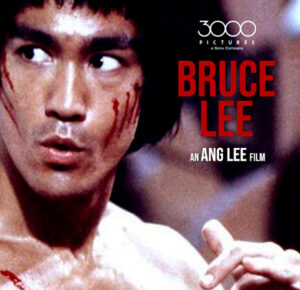
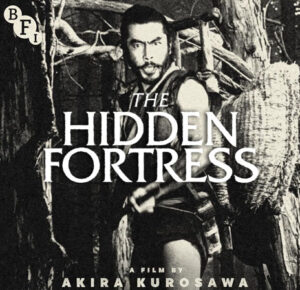
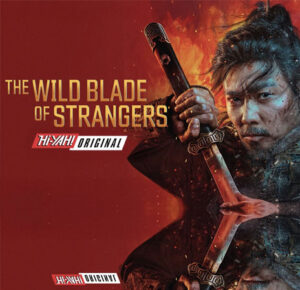
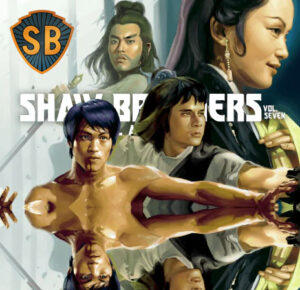















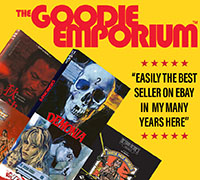
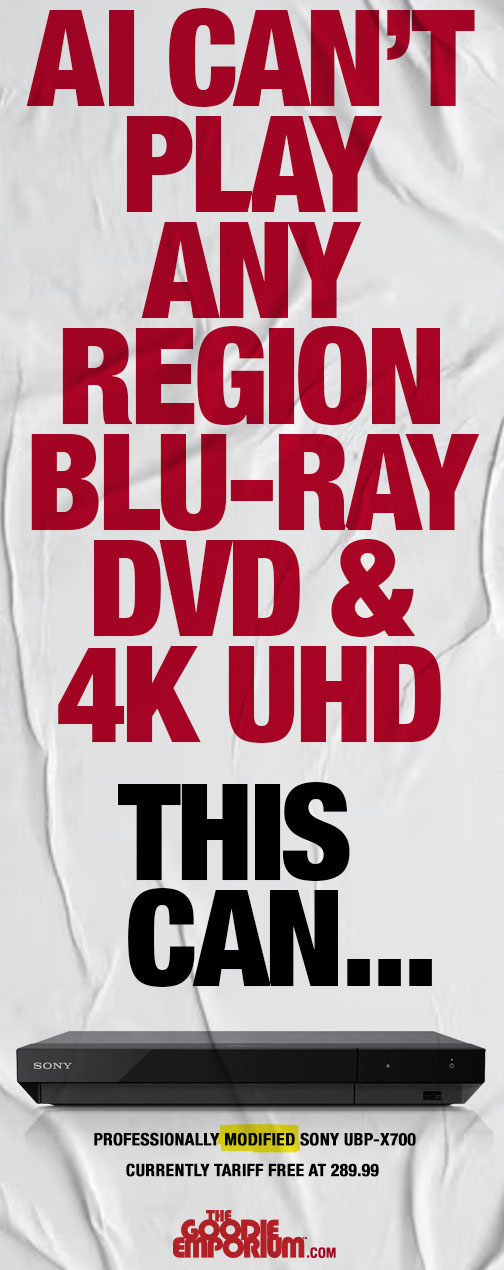
Be the 1st to Comment